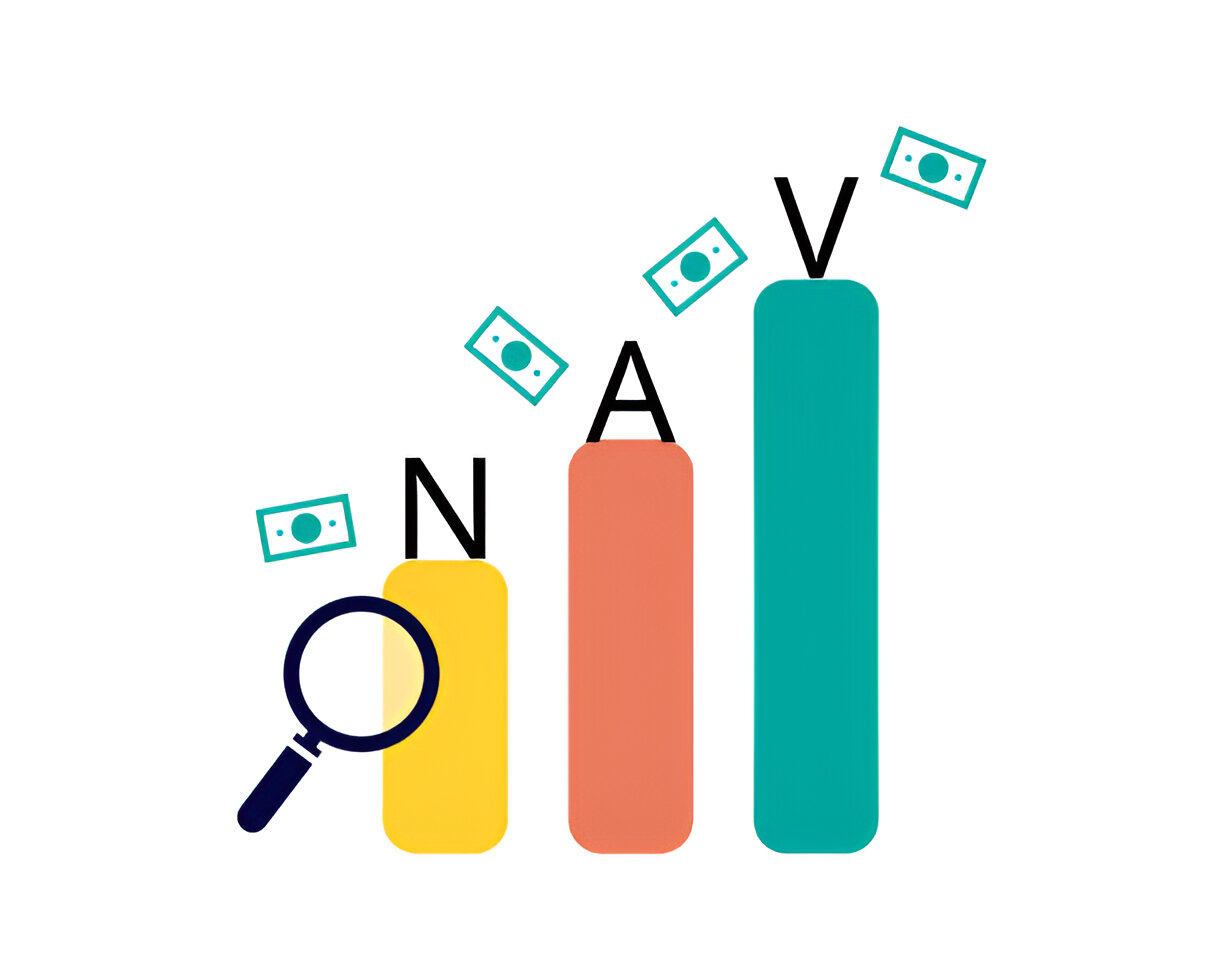Mutual funds have long been favored by investors for their convenience and potential returns. Among the many terms associated with mutual fund investments, “NAV” stands out as a key metric. In this blog, we delve into what NAV signifies, how it is calculated, and its significance for investors.
What is NAV?
NAV, or Net Asset Value, is a crucial concept in the world of mutual funds. It represents the per-unit value of a mutual fund scheme’s assets after deducting its liabilities. Essentially, NAV gives investors an idea of what one unit of the mutual fund is worth at any given point in time.
How is NAV Calculated?
The calculation of NAV is straightforward and is typically done at the end of each trading day. Here’s the basic formula:
NAV= Market Value of Assets−Liabilities/Number of Outstanding Units
- Market Value of Assets: This includes the total value of all securities (such as stocks, bonds, cash equivalents) held by the mutual fund.
- Liabilities: These are the expenses and other payables that the fund owes.
- Number of Outstanding Units: This refers to the total number of units issued by the mutual fund that are held by investors.
By subtracting liabilities from the market value of assets and dividing by the number of outstanding units, the NAV per unit is determined. For example, if a mutual fund has assets worth $100 million, liabilities of $5 million, and 10 million outstanding units, the NAV would be:
\text{NAV} = \frac{100,000,000 – 5,000,000}{10,000,000} = $9
Therefore, each unit of the mutual fund would have an NAV of $9.
Significance of NAV
Understanding NAV is crucial for several reasons:
- Valuation: NAV provides a transparent valuation of the mutual fund’s assets. It gives investors a clear picture of what their investment is worth per unit.
- Performance Measurement: Changes in NAV over time reflect the performance of the fund. A rising NAV indicates growth in the fund’s value, while a declining NAV suggests a decrease.
- Comparison Tool: Investors can compare the NAVs of different mutual funds to evaluate their relative performance. However, NAV should not be the sole criterion for making investment decisions; factors like risk tolerance, investment objectives, and fund manager expertise also play important roles.
Factors Influencing NAV
Several factors can influence the NAV of a mutual fund:
- Market Movements: Fluctuations in the prices of the securities held by the fund directly impact its NAV.
- Expenses: Deductions for management fees, administrative costs, and other expenses reduce the NAV.
- Income Distribution: Dividends and interest earned by the fund increase its NAV.
- Investor Transactions: In open-end mutual funds, where units are bought and sold based on NAV, investor transactions can affect NAV directly.
Conclusion
In conclusion, Net Asset Value (NAV) is a critical metric that helps investors assess the value and performance of mutual fund investments. By understanding how NAV is calculated and what factors influence it, investors can make informed decisions about their portfolio. While NAV provides valuable insight, it should be considered alongside other factors when evaluating mutual fund investments. Armed with this knowledge, investors can navigate the complexities of mutual fund investing more confidently and effectively.

